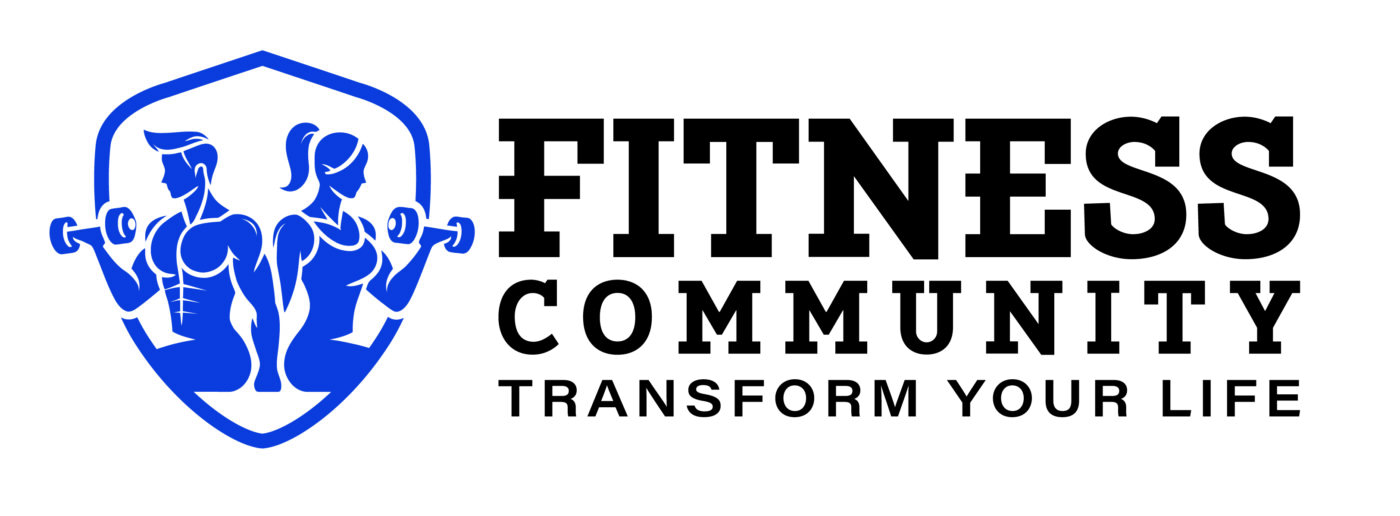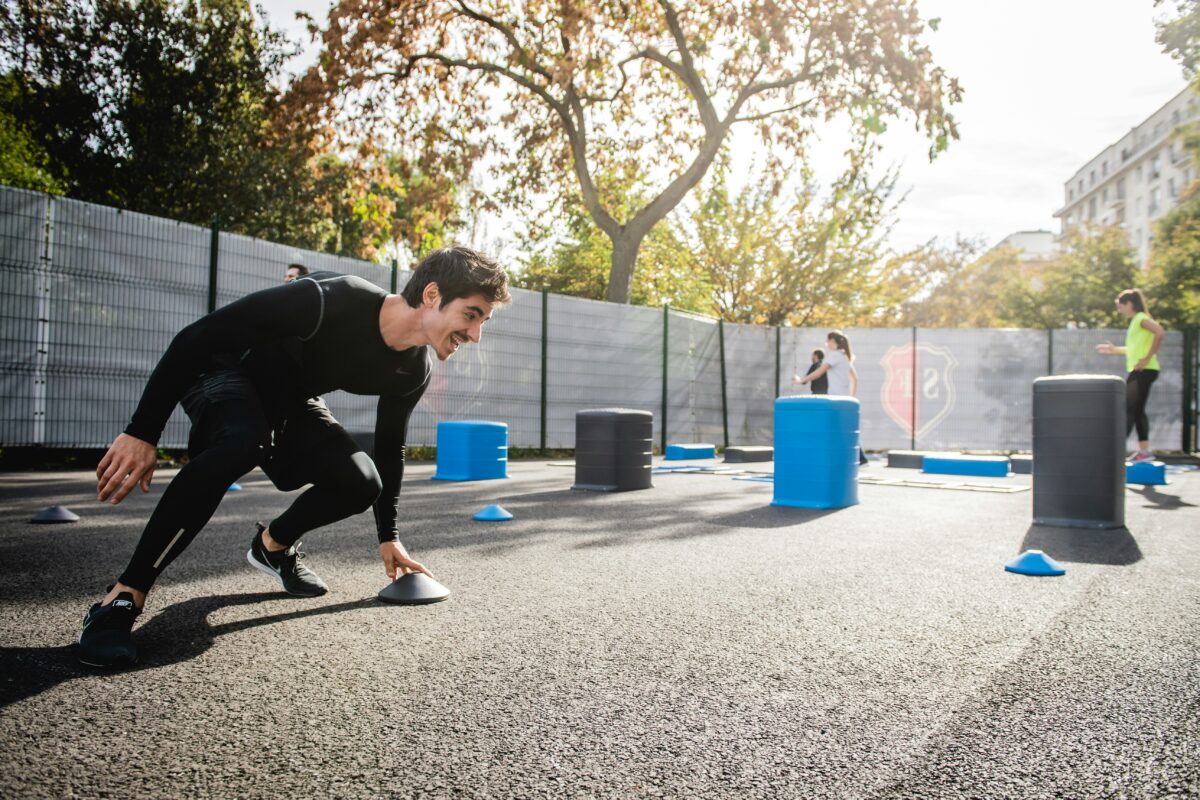HIGH-INTENSITY INTERVAL TRAINING
Debunking 5 Common HIIT Myths to Maximize Your Workout Results
High-intensity interval training (HIIT) involves pushing yourself to perform at maximum effort for short bursts, followed by a brief recovery period. This intense workout style has a proven track record of offering numerous health benefits, such as lowering the risk of cardiovascular disease, boosting fat loss, improving body composition, and enhancing cognitive function. Additionally, research shows that aerobic HIIT can increase VO2 max more effectively than traditional continuous aerobic exercise, all while saving you time.
Despite its well-documented benefits, there are still several myths about HIIT that could limit your results if you follow them. Let’s debunk five common misconceptions surrounding this powerful workout technique and how to get the most out of your HIIT routine.
1. Longer Isn’t Always Better
You don’t need an hour to achieve an effective HIIT workout. The key to HIIT is intensity over duration. As the workout lengthens, the intensity typically decreases. Instead of pushing yourself for a 30-minute HIIT session, try breaking it up into shorter, high-intensity intervals, such as:
Work: 7 minutes
Rest: 2 minutes
Work: 6 minutes
Rest: 2 minutes
Work: 5 minutes
This method totals 22 minutes, and it will keep your energy up for a more effective session. If you’re running outside, substitute a 5K jog with eight 400-meter sprints at a track for a solid HIIT workout.
2. Not All Exercises Are Suitable for HIIT
HIIT should focus on full-body movements that push your cardiovascular system and build strength endurance, such as burpees, kettlebell swings, dumbbell snatches, rower sprints, or hill sprints. Single-joint exercises like bicep curls don’t engage your entire body and are less effective for achieving the benefits of HIIT. If you can carry on a conversation during your “high-intensity” intervals, it’s probably not true HIIT.
3. HIIT Isn’t a Magic Fat Loss Solution
While HIIT triggers excess post-exercise oxygen consumption (EPOC), or “afterburn,” which helps boost your metabolism for up to 48 hours, it doesn’t give you a free pass to indulge in unhealthy eating habits. Afterburn works best when paired with a balanced, nutritious diet. Instead of rewarding yourself with a cheat meal, fuel your body with high-protein foods to support muscle recovery and keep your metabolism burning.
4. HIIT Won’t Make You Bulky
HIIT helps burn fat while preserving lean muscle mass, improving cardiovascular endurance, and increasing work capacity. However, if your goal is to bulk up, you should focus on bodybuilding-specific exercises rather than relying on HIIT. Don’t worry about building excess muscle when performing compound movements like kettlebell swings or dumbbell snatches—they’ll challenge your entire body, improve your conditioning, and leave you breathless.
5. You Don’t Need Fancy Equipment for HIIT
No weights? No problem! Bodyweight HIIT workouts are just as effective in increasing your heart rate and burning fat. You can perform a full-body workout without any equipment and still see great results.
Try This Do-It-Anywhere HIIT Workout:
For a challenge, try the following bodyweight exercises with 30 seconds of rest in between each. Aim for 100% effort during each exercise, and try to complete it faster each time. Over time, reduce your rest time as you improve your performance.
60 sit-ups
50 jump squats
40 push-ups
30 split jumps (jumping lunges)
20 triceps dips
10 burpees
With these tips and an understanding of HIIT, you’ll be well on your way to maximizing the effectiveness of your workouts and achieving your fitness goals.

